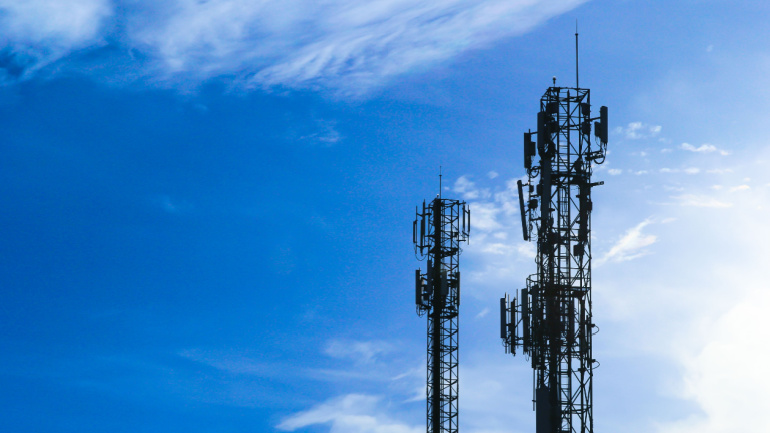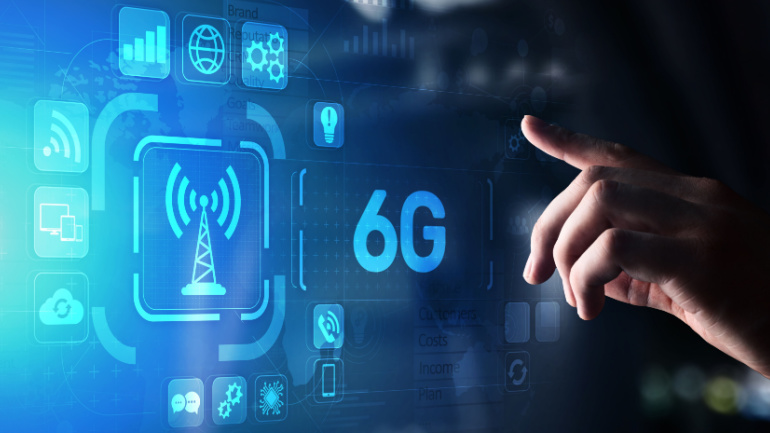BT launched NB-IoT network covering 97% of the UK to boost IoT use in sectors like utilities and construction. Elisa and Nokia showcased 5G Advanced’s L4S technology, demonstrating its potential to improve connectivity. Nokia’s Virtual Power Plant Controller Software enables mobile operators to lower energy costs, earn revenue, and reduce carbon emissions. LeapXpert and ASC collaborate to offer a compliance recording solution for Microsoft Teams, enabling regulated external communications.
As debate swirls around potential alterations to EU telecom sector merger regulations, European Commissioner Margrethe Vestager maintains her stance. Even with industry pressure for a shakeup due to challenges like 5G rollouts and shrinking profit margins, she insists on preserving existing rules.
MATRIXX Software, Celfocus, and Qeema have launched Jawwy 2.0 to improve customer experience and reduce costs. NTT Ltd. plans to open its first data center campus in the Paris region as part of a $10 billion global expansion. Crexendo and TELCLOUD launched a POTS Replacement platform to offer cost-effective, reliable alternatives for critical services. Hero Digital revamped Calix.com, enhancing user experience and performance. Consumer advocacy groups urge the FCC for stricter regulations to protect against SIM swap and port-out scams.
A significant increase in Distributed Denial of Service (DDoS) attacks has been reported by Zayo, with the telecommunications sector suffering the most. According to the company’s annual DDoS Insights Report, the past year saw a dramatic rise in both the frequency and severity of these cyber assaults. Businesses found themselves paying an average of £4,700 for every minute under attack, culminating in an average total cost of £325,000.
The telecommunications sphere is preparing for a significant event: Altnets’ inclusion in the revered EB100 digital guide. This recognition represents Altnets’ successful year, fueled by innovation, community contribution, and robust growth. Altnets’ appearance on this list is a testament to its commitment to high-quality service and client satisfaction.
BT, Ericsson, and Qualcomm demonstrated successful 5G network slicing trials for diverse applications, proving its potential to improve service quality in the 5G SA era. Disney invests $1.5 billion in Epic Games to blend its iconic franchises with Fortnite. D&H Distributing launches the Go Big AI Program to help partners use AI technologies. IPFone acquires VoIP company Joon to expand its cloud communication services and enhance offerings through synergistic technologies.
Epsilon Telecommunications (Epsilon), a KT Corp. company and leading global interconnectivity provider, has appointed Damon (Young Seok) Lee as its Group Chief Executive Officer. Lee joins Epsilon with over 27 years of experience in the telecommunications and technology sectors, most recently serving as Vice President in KT’s Enterprise Business. He will lead Epsilon’s senior executive team with a focus on optimising the company’s business strategy and global growth.
In an exhilarating turn of events, telecommunications titan Ericsson collaborates with the renowned Indian Institute of Technology Kharagpur for pioneering research in AI, Compute, and Radio technology, with a spotlight on 6G development. This theoretical partnership is set to stir groundbreaking headway in fundamental and applied study in the Radio realm, significantly marking India as a technological innovation hub.
Stage X won South Korea’s fourth mobile operator spot with a $322 million bid for 5G spectrum. Yellow.ai and Infobip have partnered to enhance global customer support through AI-driven voice automation and conversational experiences.
Breezeline invests in a 525-mile fiber network to boost internet for 45,000 homes and businesses in New Hampshire. DARPA, in partnership with Nokia’s Bell Labs and others, aims to develop a sustainable Moon base with a robust telecom network to support future Mars expeditions.
SK Telecom, in collaboration with Intel, has made a groundbreaking advancement in core network technology, promising a significant reduction in communication delays and an enhancement in service efficiency, pivotal for the upcoming 6G networks. The innovation could slash communication latency by as much as 70% and boost service efficiency by approximately 33%, marking a significant leap forward in network performance.













